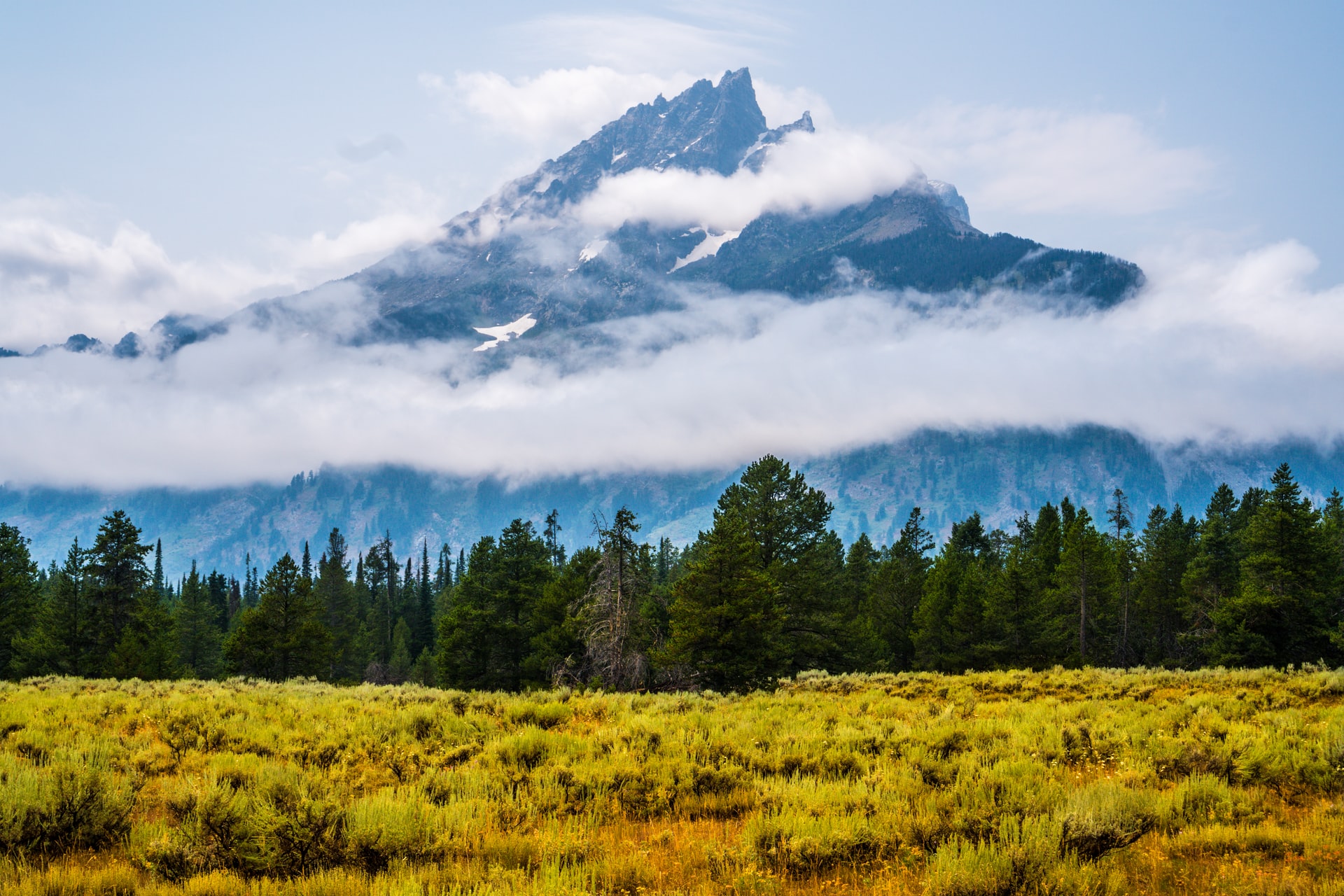The climate of North America is characterized by extreme diversity due to the great length of the continent from north to south and the peculiarities of landforms.
The northern coast and islands adjacent to the mainland are located within the Arctic climate belt.
Cold Arctic air reigns here all the year round; in winter the surface of the land receives almost no solar heat, and in summer temperatures reach just above zero. It is under these conditions that glaciers form. South of the Arctic Circle up to 60°N is a sub-Arctic climate belt with characteristically harsh winters, which change to cool summers with rainy weather.
Most of the continent (40-60°N) is located within the temperate climate belt with cold winters and relatively warm summers. Snow falls in winter, rains in summer, and cloudy weather quickly changes to warm sunny weather. There are marked differences in this belt in different parts of it.
The area of North America experiences adverse weather events such as hurricanes and tornadoes (the American name for a tornado). Due to the movement of cyclones in the belt from 10° to 30° N, storms are formed, which move westward, reaching the coast and deflecting northward. When wind speeds in these tropical cyclones exceed 120 km/h, they become hurricanes. Forming over the Gulf of Mexico, hurricanes move northward, significantly affecting the weather conditions of the mainland, because they cover hundreds of square kilometers and can last for many days.
Tornadoes are very destructive. Their origin is most likely related to thunderstorms. More than 700 tornadoes can occur in the United States each year, often over the Great Plains and the Midwest, in spring and early summer.

